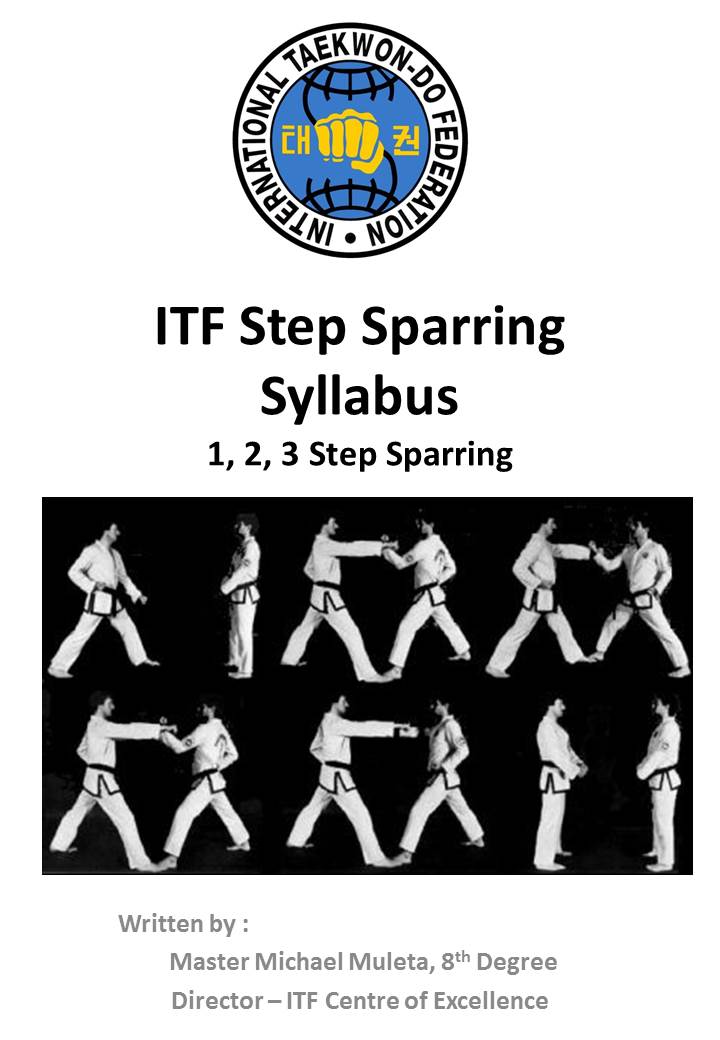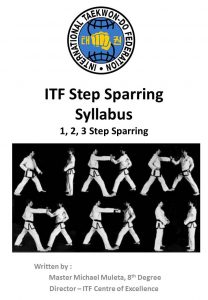Step Sparring Manual Updated
We are pleased to announce that we have made updates to our Step Sparring Manual Ebook, which is a useful resource for all club instructors and students alike.
The updated version includes video links to all 1 Step Sparring, 2 Step Sparring and 3 Step Sparring routines to assist students preparing for testings up to 1st Degree Black Belt.
Additonally, we have a step-by-step description of each sequence to help instructors teach, and students self learn.
We have also update some of the sequences themselves.
The Gup Grading Manual ebook is available in our Online Store
What is Step Sparring ?
There are several types of sparring in Taekwondo, from free sparring (not choreographed) to pre-arranged sparring. 1, 2 and 3 Step Sparring are all forms of pre-arranged sparring.
Prearranged Sparring (Yaksok Matsogi)
It is practiced as the name denotes, under prearranged modes with various assumptions, for example:
- the number of steps to be taken
- the target to be attacked
- the attacking tool to be used
- are agreed upon beforehand between the players
Step Sparring teaches the student to apply their fundamental movements in both attacking and defensive mode, from a variety of angles and stances, whilst moving forwards and backwards.
Students should commence with 3 step sparring (alone) first, to develop both left and right sides of the body. The student would then progress to 3 step sparring with a partner/opponent to apply these movements against another person.
3 step sparring was regarded as the most important form of sparring by the Founder, as it helped the student developed their techniques at the correct angle and distance in relation to the attacker/target.
The complexity of the sequences, and the techniques used in step sparring, generally increases as the student progresses in rank and ability.
Two step sparring enables the student to incorporate both hand and foot techniques into their pre-arranged sparring sequences, both in attacking and defensive modes.
The most difficult and spontaneous form of Step Sparring is One step Sparring, where the student must react immediately.
Whilst many schools don’t have a set choreography or sequence to follow, I always felt from a teaching and examining quality consistency point of view, it was better to have all students follow a pre-designed format, just as they do in patterns, to allow comparison and correction.
Here are some sequences I have used in my own schools. I hope you find some of them useful.
Taekwon,
Michael Muleta, 8th Degree
Website sponsored by – Global Fitness Institute



